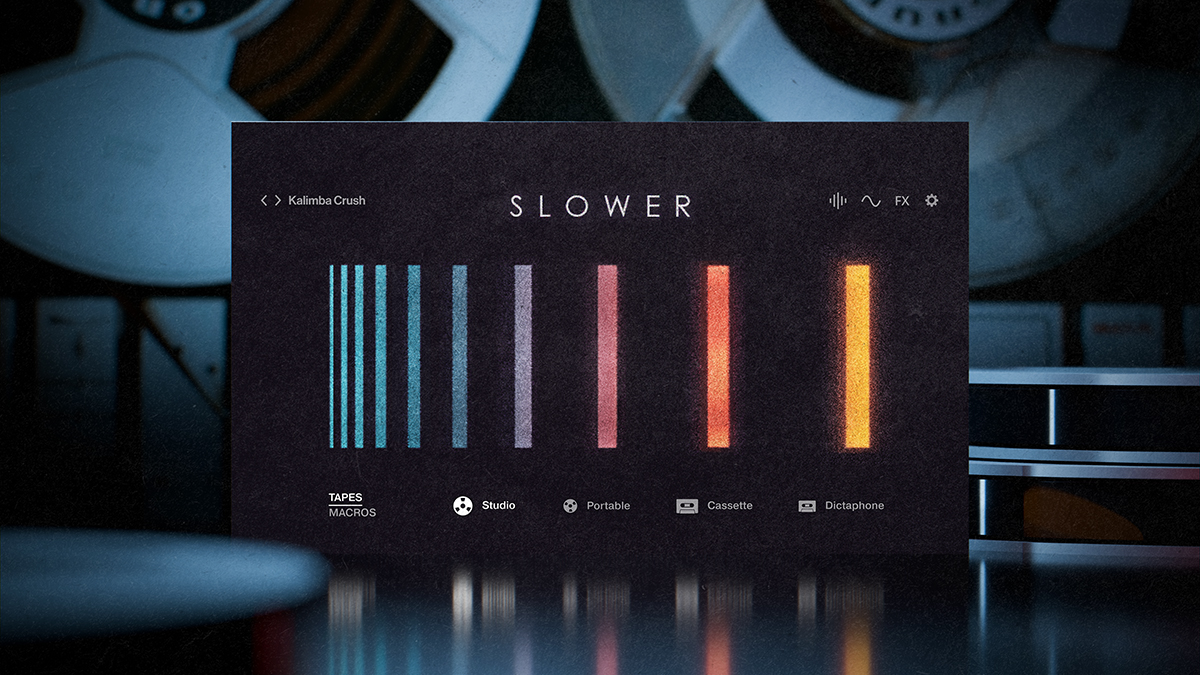MusicRadar Verdict
These cymbals are something of a revelation. Scoring marks in quality terms is a technical achievement that comes about through discipline and organisation, and creating individual instruments of character is another thing altogether. The Bliss cymbals stand up against any other brand out there, and they deserve to be listened to and judged with open ears.
Pros
- +
Individual and full of character. Versatile and cutting sounds.
Cons
- -
Nothing, all things considered.
MusicRadar's got your back
The emerging of the Chinese economy on the world stage has made a huge impact on manufacturing. The music world is a case in point, with many brands establishing Chinese operations in order to exploit the cheaper production costs. However, unlike most gear to come out of China, Dream cymbals are not ultra-competitive, mass-produced units, but purport to be high-end, handcrafted instruments made in small batches.
Build
Established in 1984, the Dream factory was initially dedicated to manufacturing gongs and traditional Chinese cymbals known as lion cymbals. After experimenting with making Western-style cymbals, Canadian drum manufacturer and distributor Mountain Rhythm - already sourcing gongs from the factory - suggested a collaborative venture that saw the emergence of the Dream brand.
The first Dream cymbals went on the market in Canada in 2005. UK distributor eDRUM came across the cymbals on the Mountain Rhythm stand at the 2006 NAMM show and snapped the brand up immediately.
Unlike factories developed to service exclusively Western demands, the Dream factory is an established operation primarily serving the domestic Chinese market. As such, the workforce enjoys good working conditions and fair wages. The cymbals are made entirely on site by a designated cymbal team headed by three leaders.
Casting is the first stage of any cymbal, and only the most experienced personnel are involved with the process. Each batch of alloy varies slightly according to the availability and quality of the raw materials. The exact formula remains a secret, but it is usually somewhere between B20 and B23, making it very tin-rich and therefore ideal for warm, complex cymbals.
From this point on, each ingot of raw alloy is worked by hand - it is not even rolled to produce a flat disc to begin work on. Instead, the cymbals are beaten into life by a human being wielding a hammer. This method is incredibly labour intensive and slow compared to the sort of machine-assisted practice that is the norm, but it does tend to instill character, energy and strength in the cymbals.
The resulting hammer marks on the finished cymbals are manifold but fairly subtle, visible beneath tight bands of lathing (again applied entirely by hand). A crescent-shaped Dream logo and stamped Chinese lettering gives the cymbals an understated yet purposeful look.
Hands On
First up was a pair of splashes, 10" and 12" respectively. Producing warm, silvery slices of sound, they set the tone for what would come. While not decaying especially quickly, they were both well balanced and slightly trashy in the most attractive of ways.
Moving up to the 14" hi-hats, things got quite exciting. The hats were delightfully sweet but were full of warm body, too. The obvious musical application for them would be jazz, but they had enough versatility to cut through in louder styles as well.
The 14" crash verged on splash territory but was full of the same charming qualities. The 16" model brought more complexity to the equation, opening quickly and brightly when hit but building softly when just warmed. Its bell was clear enough to use for ride patterns.
The 18" crash/ride was even darker and delicious - the bell was superb, while the body of the cymbal gave a clean ping over a rapid wash. The next two sizes up - 20" and 22" - were also labelled as crash/rides. They certainly had little problem in opening, giving out mighty blasts at the slightest flick. They were so keen to open that a frothy wash was easily attainable when riding, giving them a warm, rolling, energetic feel.
Again, the bells were superb, cutting cleanly through.
The 24" Half Cup ride was something else again. Resembling a cross between a flat ride and a mini-cup ride, it gave a dark, woody stick sound, below which seethed a deep, smoky and fabulously complex wash. It made the simplest of ride patterns sound exotic and when hit with a mallet went off like a gong.
MusicRadar is the number 1 website for music makers of all kinds, be they guitarists, drummers, keyboard players, djs or producers...
GEAR: We help musicians find the best gear with top-ranking gear round-ups and high- quality, authoritative reviews by a wide team of highly experienced experts.
TIPS: We also provide tuition, from bite-sized tips to advanced work-outs and guidance from recognised musicians and stars.
STARS: We talk to musicians and stars about their creative processes, and the nuts and bolts of their gear and technique. We give fans an insight into the actual craft of music making that no other music website can.

e-instruments’ Slower is the laidback software instrument that could put your music on the fast track to success

“I like guitars that don’t just appeal to metal players”: Jackson and Bring Me The Horizon’s Lee Malia team up for the Pro Series LM-87, a shreddable Surfcaster-style electric with a humbucker/P-90 pairing

“Just so if ever that happens again, I’m like ‘here’s the proof that I wrote it’”: Ed Sheeran reveals that post-copyright cases, he now films every recording session










